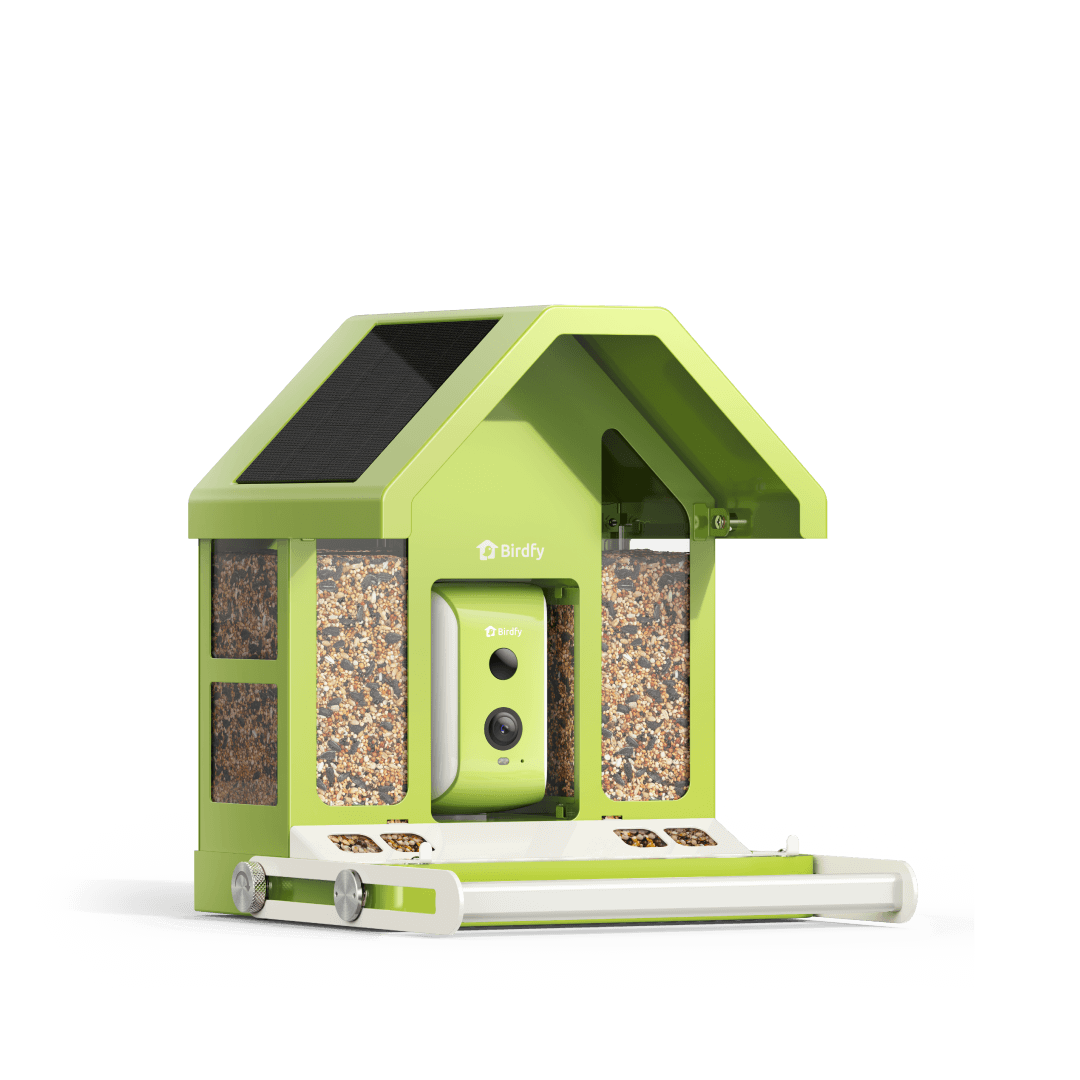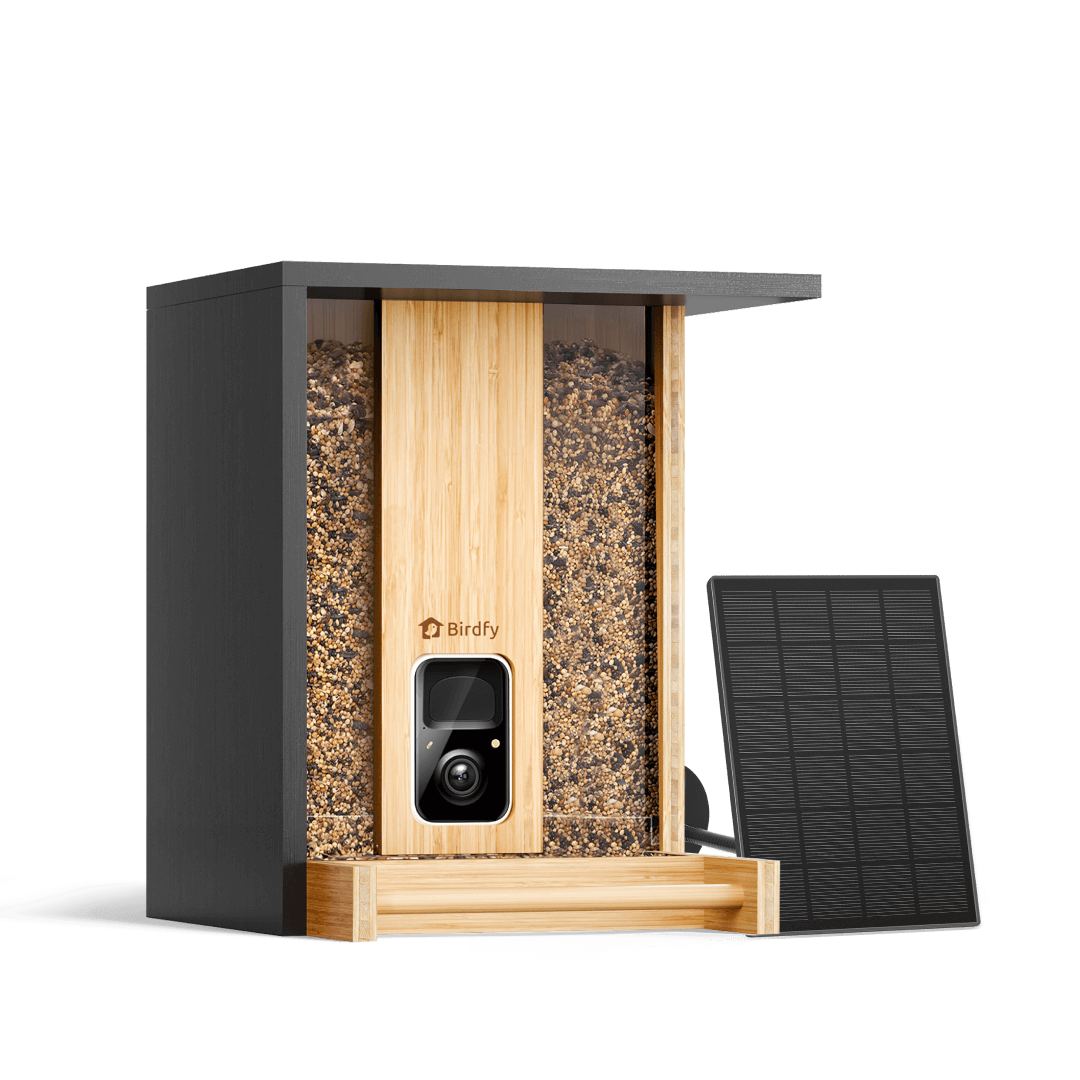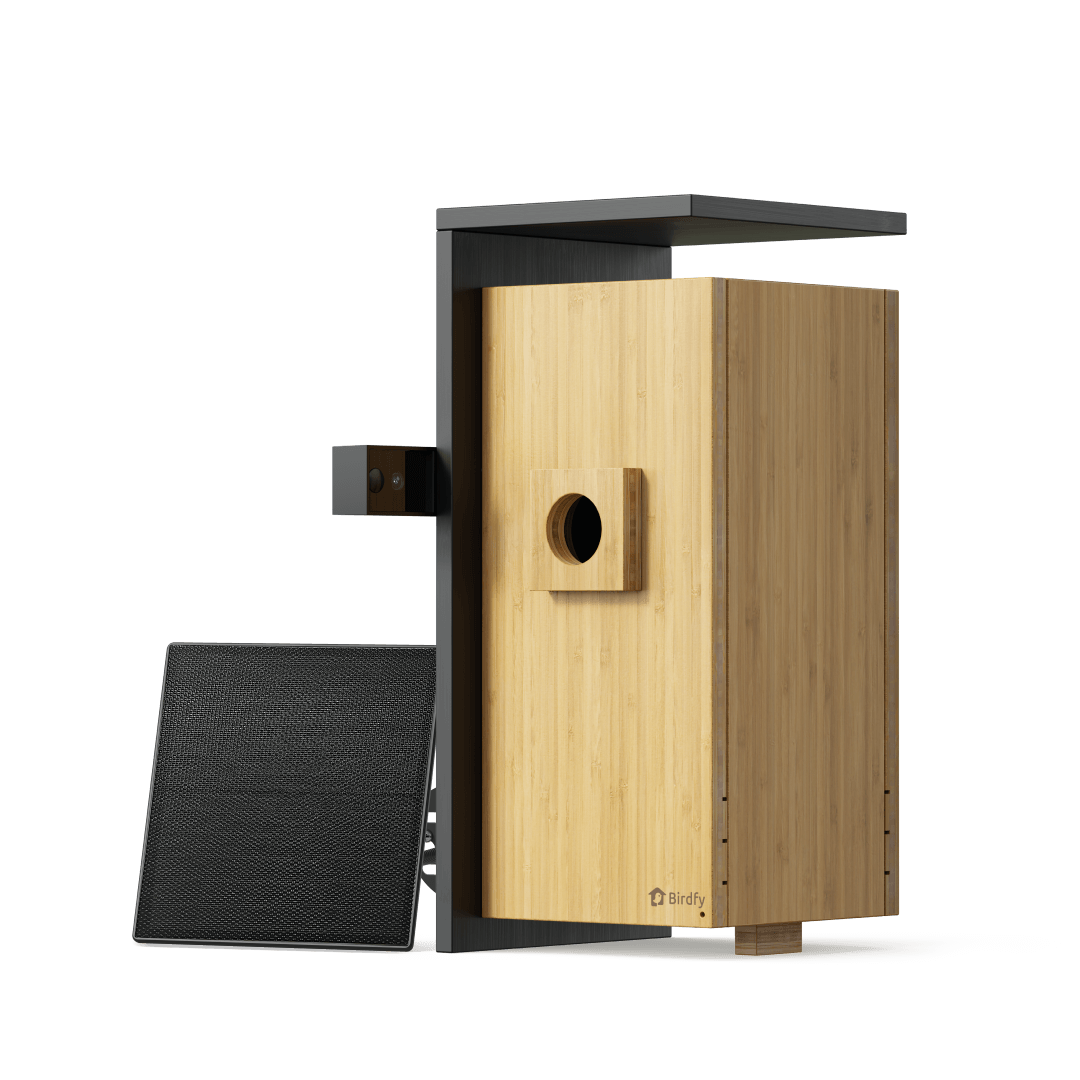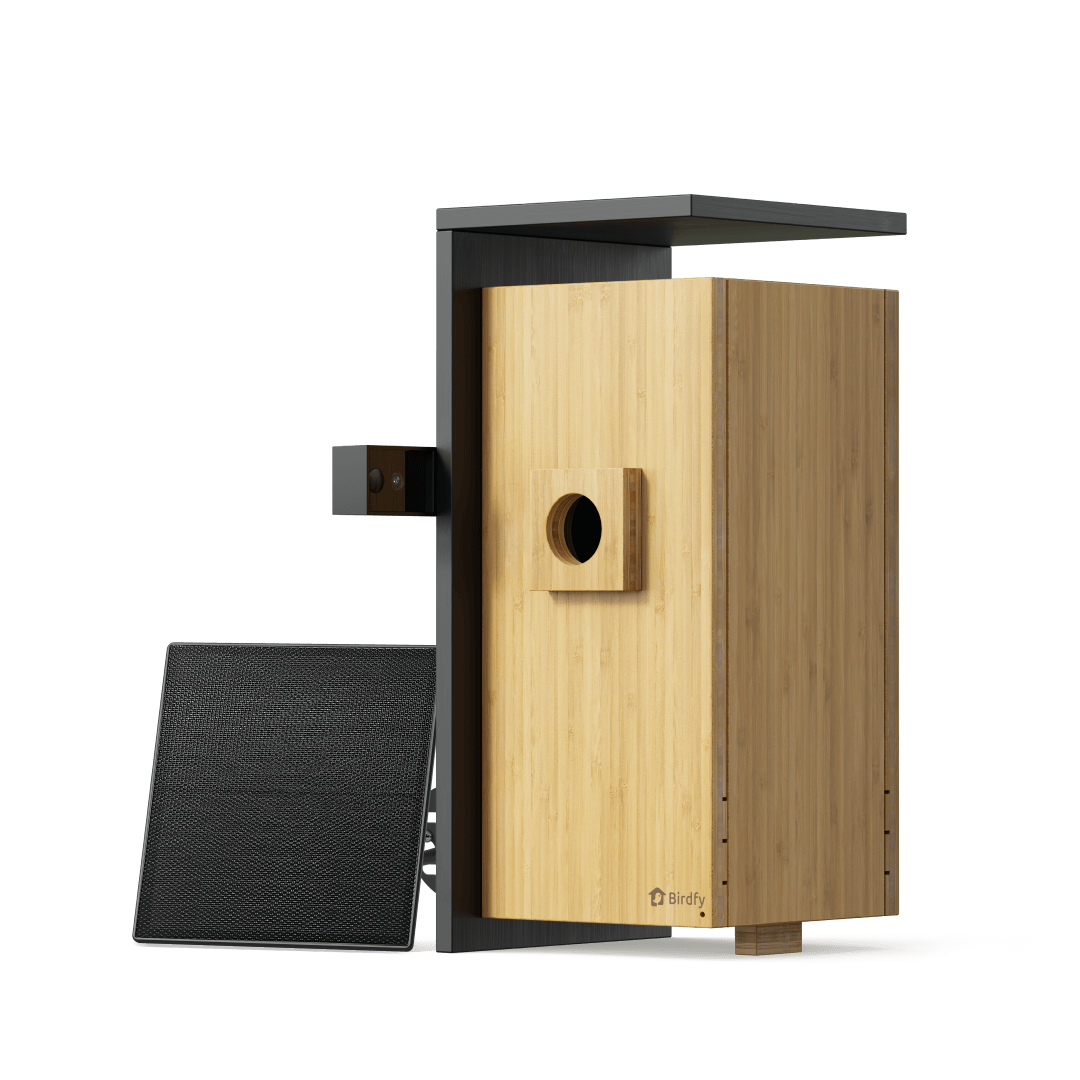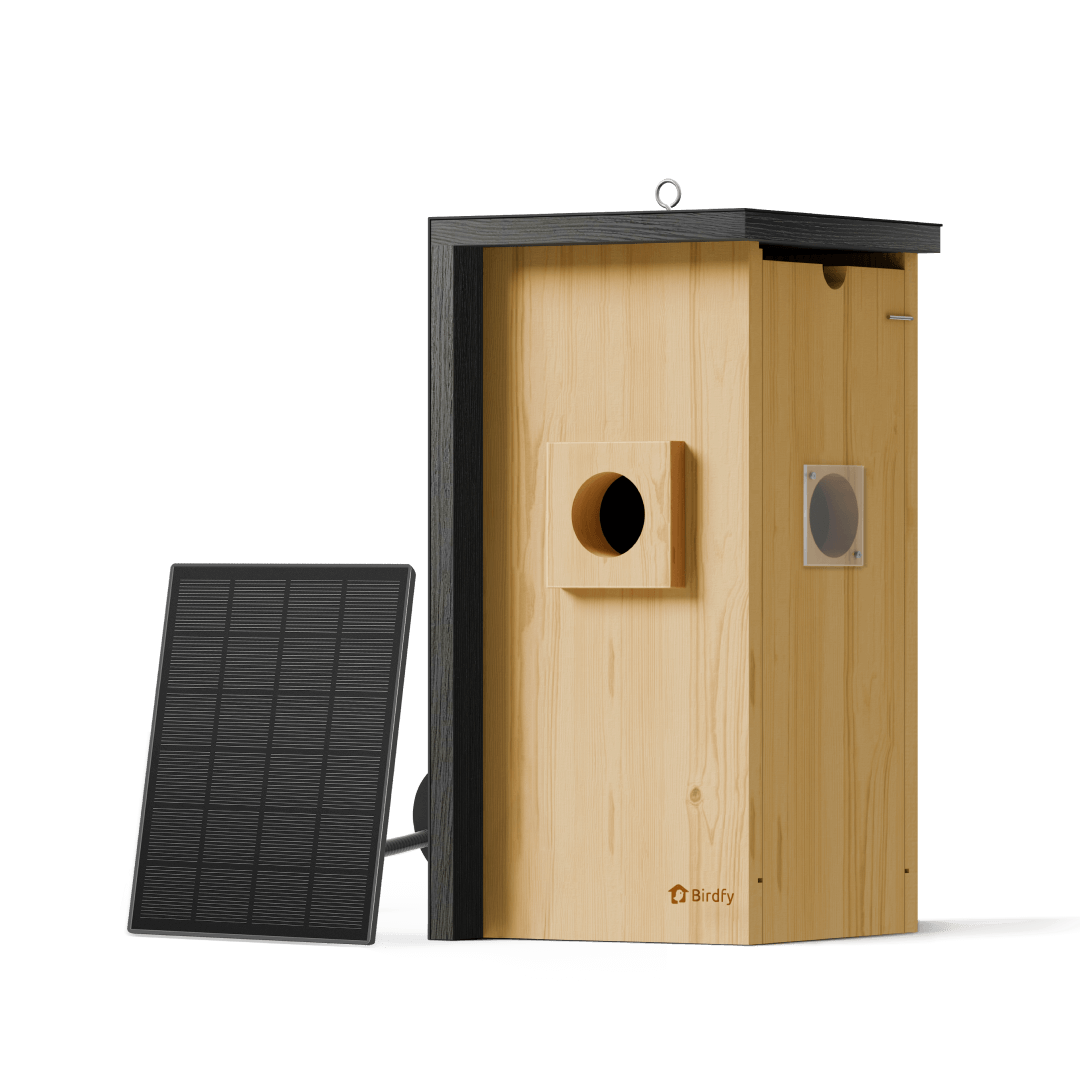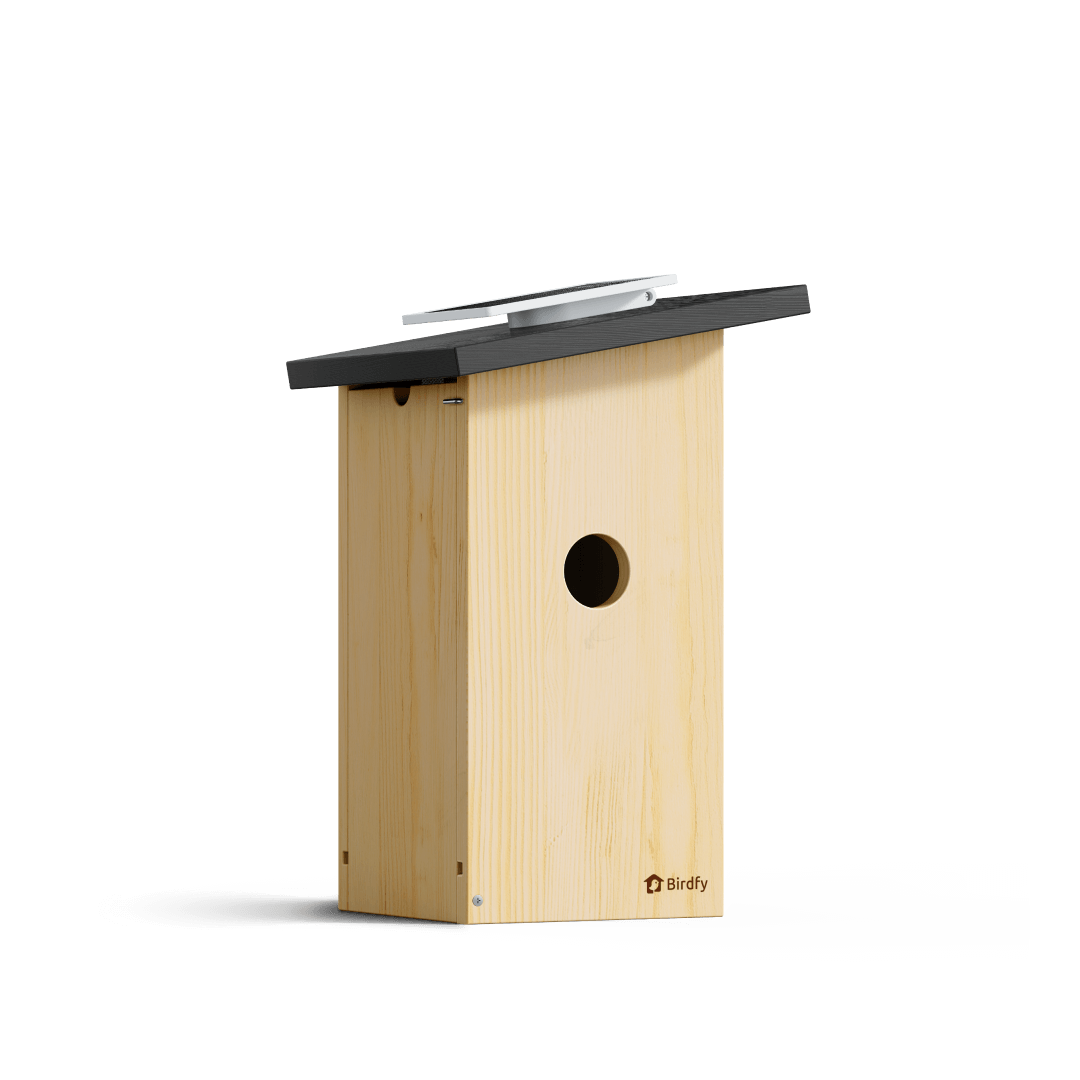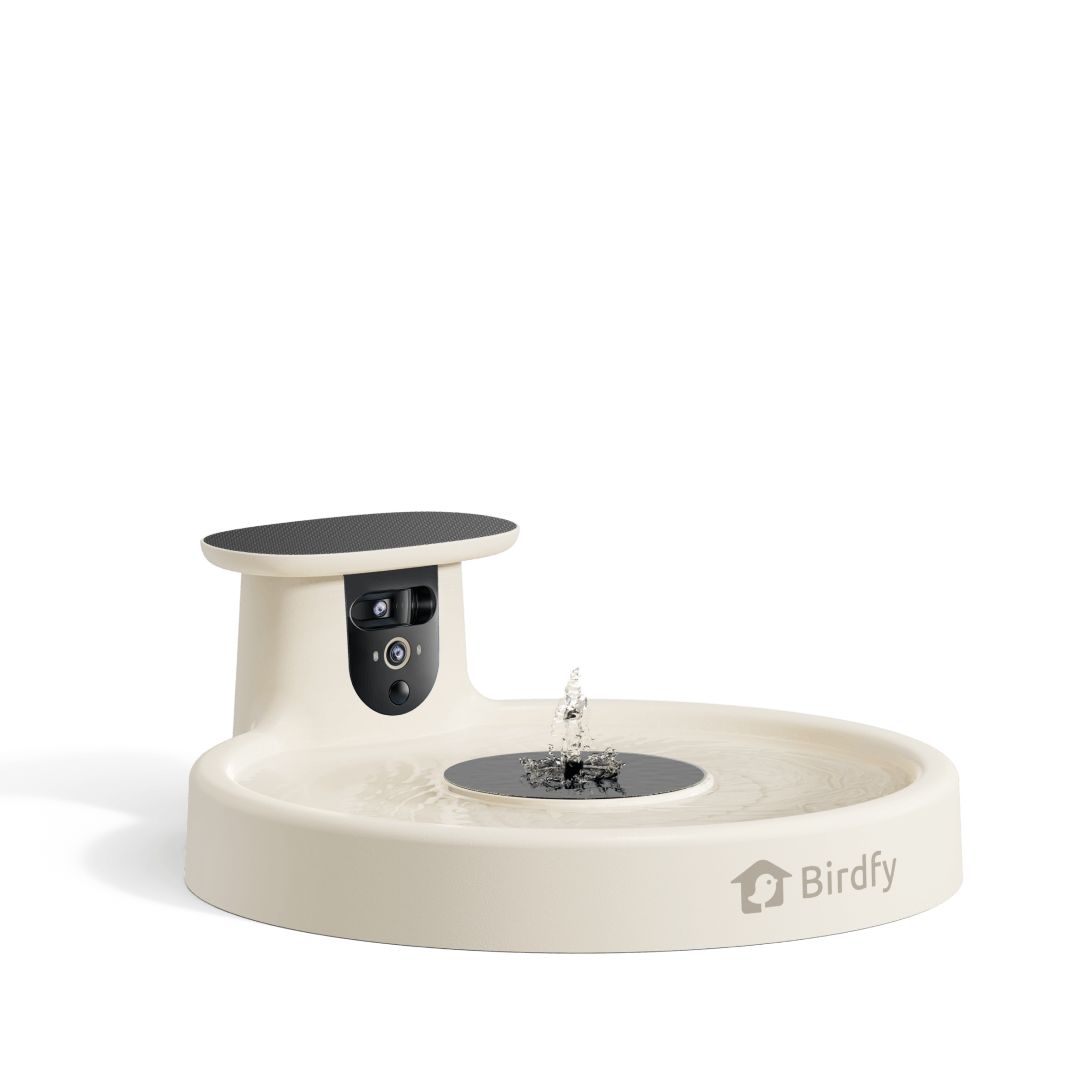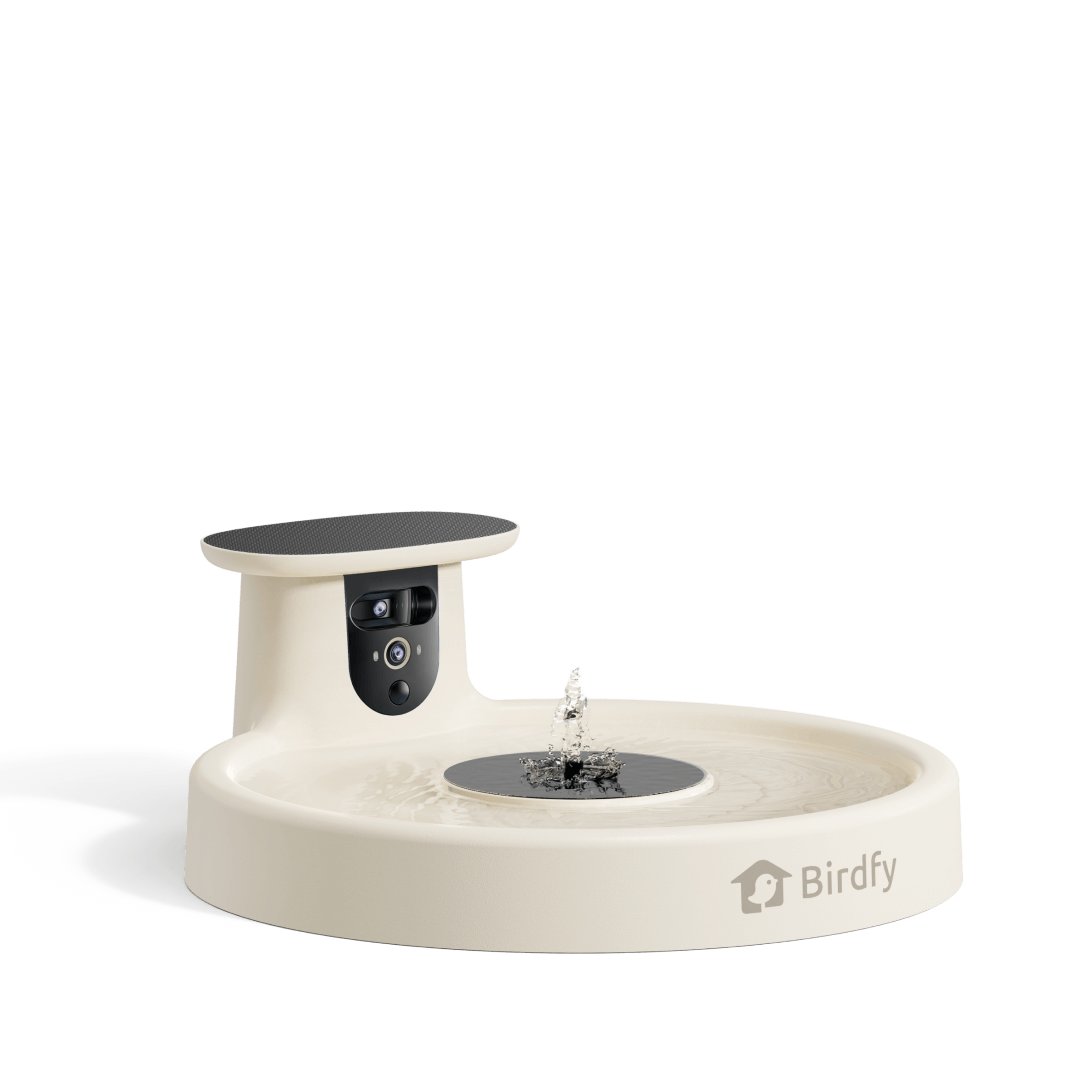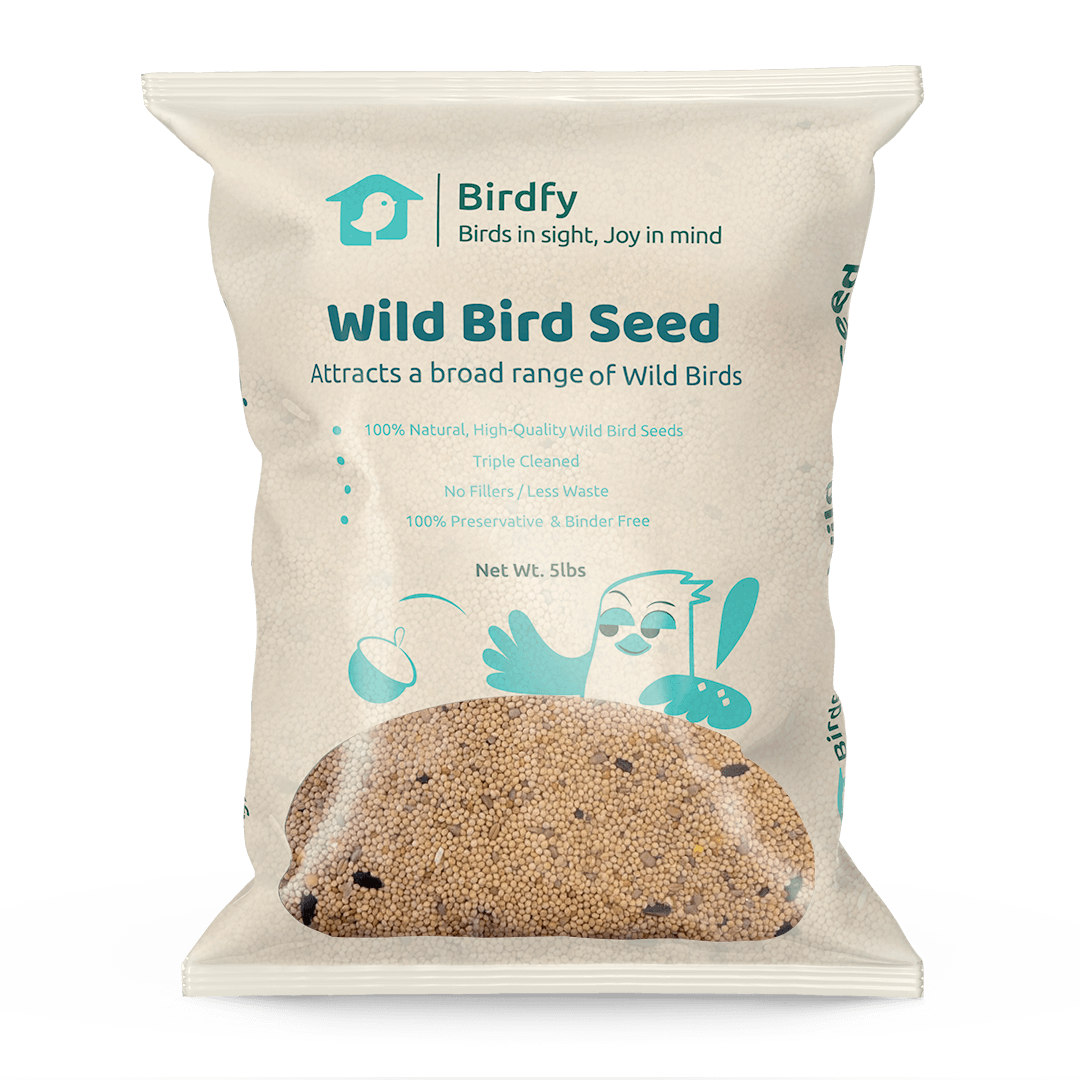Black birds are an integral part of Florida's diverse bird population. From adaptable
crows and grackles to iconic blackbirds, these species thrive across various ecosystems, including wetlands, forests, and urban areas. Their presence highlights the ecological balance and rich biodiversity that Florida has to offer.
Common Black Birds in Florida
Red-winged Blackbirds
The
red-winged blackbird is easily recognized by its distinctive red and yellow shoulder patches on its black feathers. This bird typically inhabits wetlands, marshes, and grasslands. Males display their colorful patches to establish territories and attract
mates, while females are more understated in coloration so as to be unobtrusive while nesting.
Boat-tailed Grackles
Boat-tailed Grackles are noted for their large keeled tails and glossy black plumage with a hint of blue or green in certain lighting. They are common in coastal areas, marshes, and urban areas, showing a wide range of habitats. Boat-tailed grackles are known for their distinctive calls and social behavior, often forming large flocks.
American Crows
American crows are famous for their intelligence and adaptability, which allows them to thrive in a variety of habitats from forests and farmland to urban environments. These crows are pitch black with a thick, powerful beak that produces a variety of complex cries. They are highly social, often observed in flocks, and their behavior suggests advanced problem-solving skills.
Less Common Black Birds in Florida
Smooth-billed Anis
Smooth-billed anis are unique black birds, easily recognized by their long, curved bills and communal behavior. They are typically found in the southern parts of Florida, where they inhabit thickets and open areas. These birds are known for their cooperative breeding, where several pairs may share a single nest. Their distinctive bill shape and social structure make them a fascinating study of avian adaptation.
Black Vultures
Black vultures are large birds with black feathers and distinctive white wing tips. They often hunt in flocks for carrion along roadsides, open spaces and other places where food is plentiful. These vultures play an important role in the ecosystem by cleaning up dead animals and helping to prevent the spread of disease. They are social birds and are often observed soaring through the sky in search of food.
Anhingas
Sometimes called "snake birds," anhingas are known for their long, thin necks, which make them look like a snake when they swim. They are common in Florida's wetlands, where they prey on fish and other aquatic prey. They often perch with their wings open to dry off, a behavior that is essential to keeping them afloat in the water. Their unique hunting and drying behavior makes them a distinctive sight in Florida's wetlands.
Unique Traits and Behaviors of Black Birds
Social Behavior
Blackbirds are known to be social, often foraging, roosting or migrating in flocks. Many blackbirds form large groups, ranging from a few to hundreds or even thousands. This social behavior provides them with safety in numbers, increased efficiency in finding food, and enhanced communication within the group. These birds exhibit complex social dynamics with sophisticated hierarchies and cooperative behaviors.
Vocalizations
The calls of blackbirds are as varied as their species. Some birds, such as the common grackle, make a variety of sounds ranging from piercing squawks to lilting whistles. Other birds, such as the American crow, are known for their calls, which vary by environment and serve different functions, such as signaling danger or communicating with a group. Red-winged blackbirds are known for their musical "conk-la-ree"
song, which can often be heard during the breeding season. These sounds not only play a crucial role in their social interactions, but also help them to adapt to different environments.
Adaptability
Blackbirds are remarkably adaptable, able to thrive in environments ranging from dense forests and open fields to bustling cities. This adaptability is reflected in their feeding habits, which range from foraging for insects and grains in rural areas to picking up trash in cities. Their intelligence and resourcefulness have made them particularly successful in urban environments, learning to utilize human activity for food and shelter. The ability of blackbirds to adapt quickly to changing environments demonstrates their resilience and versatility in the face of environmental change.
Best Locations for Observing Black Birds
Florida has many great locations to observe
blackbirds in their natural habitat. Some popular locations include Everglades National Park, where you can spot a wide variety of blackbirds, including the resting bird and the smooth-billed blackbird. Other great spots include the Merritt Island National Wildlife Refuge, which is known for its diverse bird populations, and the Corkscrew Swamp Sanctuary, where you can spot black vultures and other birds. City parks and coastal areas such as the St. Petersburg Pier are also excellent places to observe blackbirds, especially grackles and crows.
From the intelligent American crow to the striking red-winged blackbird, Florida's blackbirds are a vibrant and diverse group. They are found in a variety of habitats from wetlands to cities, highlighting their adaptability and importance in the Florida ecosystem. These birds offer birdwatchers a wealth of behaviors to observe, from complex social interactions to unique vocalizations. Whether you are a experienced birder or a new birdwatcher, exploring Florida's blackbirds will be a fascinating and rewarding experience. So grab your binoculars, head to your favorite spot, and immerse yourself in the fascinating world of Florida's blackbirds.












